June 24, 2025 | 12:51 GMT +7
June 24, 2025 | 12:51 GMT +7
Hotline: 0913.378.918
June 24, 2025 | 12:51 GMT +7
Hotline: 0913.378.918
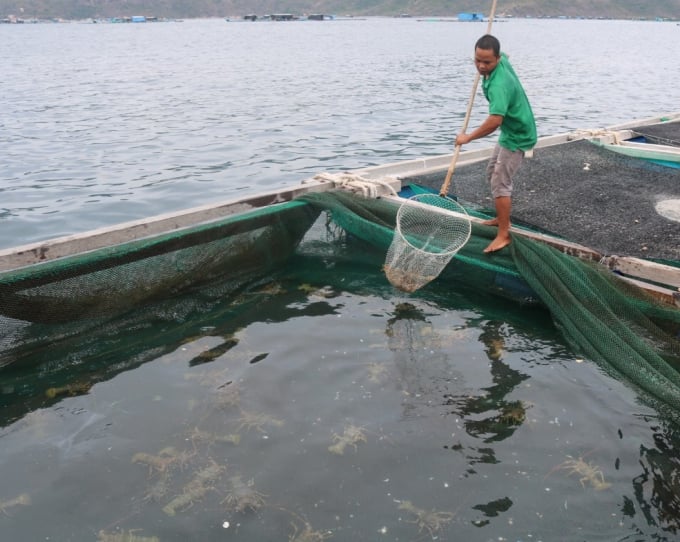
Since the beginning of this year, the total damaged aquaculture area is over 8,300ha. Photo: NNVN.
In the official dispatch No. 3208/BN-TY sent to the People's Committees of the provinces and centrally-run cities on May 31 on strengthening measures to prevent and control aquatic diseases, the Ministry of Agriculture and Rural Development noted that the total damaged aquaculture area nationwide is over 8,300 hectares (including over 8,000 hectares of shrimp farming, over 250 hectares of pangasius farming and some other aquatic species), causing hundreds of billions of dollars in losses.
The statistics are based on the reports of localities since the beginning of this year.
Disease surveillance results reveal that many dangerous diseases continue to appear and have a high risk of spreading like white spot, acute hepatopancreatic necrosis, necrosis of hematopoietic and epithelial organs or hemorrhage.
However, more than 6,000ha of farmed shrimp were damaged but have not been sampled by local specialized agencies for testing and the cause has not been determined yet.
On the other hand, producing statistics and reporting epidemic data still contain many issues. Epidemiological investigation, active disease surveillance and environmental monitoring have not been implemented synchronously in order to warn, handle and prevent epidemics promptly and effectively, especially at the village, hamlet, commune and district level..
In order to overcome such issues and improve the effectiveness of the prevention of aquatic diseases, the Ministry of Agriculture and Rural Development has suggested the People's Committees of the provinces and centrally-run cities direct relevant departments, branches and People's Committees at all levels to organise the synchronous implementation of prevention and control solutions, base on the status of local aquaculture and the epidemic situation.
In particular, it is necessary to urgently implement the "National plan to prevent some dangerous diseases on farmed aquatic products, period 2021 - 2030" issued together with Decision No. 434/QD-TTg dated March 24 2021 of the Prime Minister; documents No. 2635/BNN-TY dated May 7, 2021 and No. 2772/TB-BNN-VP dated May 14, 2021 of the Ministry of Agriculture and Rural Development.
Local authorities need to review, adjust, supplement and provide funding to ensure effective implementation of the measures on prevention and control of aquatic diseases, including sampling, testing to determine the cause, investigating of mass and unusual aquatic deaths or diseases, actively monitoring diseases, coordinating with environmental monitoring to warn farming areas and implement appropriate epidemic prevention and control measures.
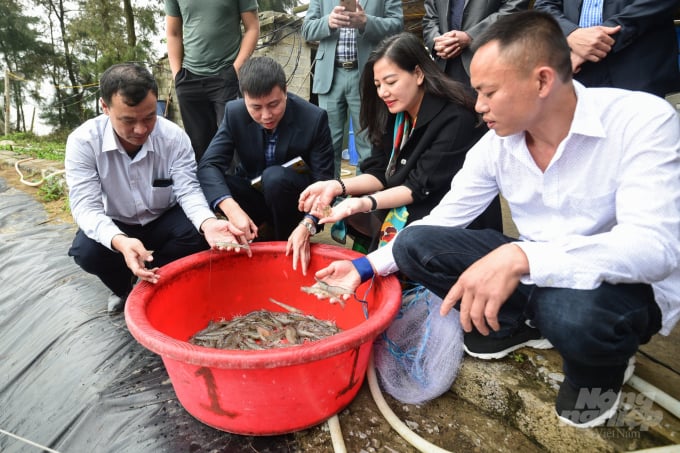
If any problems arise in the course of implementation, localities are requested to promptly send a report to the Ministry of Agriculture and Rural Development for handling coordination. Photo: NNVN.
Other measures include supplementing chemical sources, disinfecting, accelerating the construction of disease-free zones and facilities, supervising areas, establishments, aquatic production chains, and establishments producing aquatic breeds.
Local veterinary and fishery agencies should coordinate with the local authorities to actively monitor the progress of the epidemic situation, the phenomenon of mass and unusual aquatic deaths; produce statistics and reports; properly assess the actual situation and have specific solutions to improve the effectiveness of disease prevention and control; correct the statistics and reports on aquatic disease data, especially at the village, hamlet, commune and district levels.
Based on the situation of the Covid-19 pandemic, authorized groups should be organised to attend virtually meetings or directly visit key aquaculture areas, especially those affected or damaged by diseases or areas at high risk of disease outbreaks to inspect, urge and guide the implementation of measures to prevent and control diseases, as well as minimize damage to farmers.
Knowledge on prevention and control of aquatic diseases should be popularising among farmers, particularly on the quality of seed, water treatment, sampling, monitoring, testing for diseases in the rearing establishment, disinfecting and handling measures in case of epidemic outbreaks and constructing epidemic-free facilities.
If any problems arise in the course of implementation, localities are requested to promptly send a report to the Ministry of Agriculture and Rural Development for handling coordination.
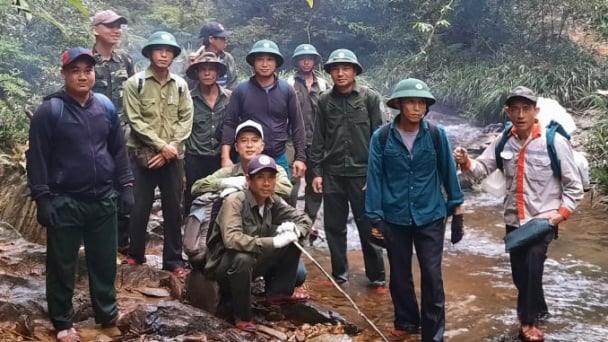
(VAN) All parties have acknowledged the barriers in mobilizing finance for conservation, proposing detailed initiatives. One of the most effective methods is to employ natural-based solutions.

(VAN) Vietnam is the country with the highest diversity of primate species in Southeast Asia, but most of them are seriously threatened, creating an urgent need for conservation efforts.
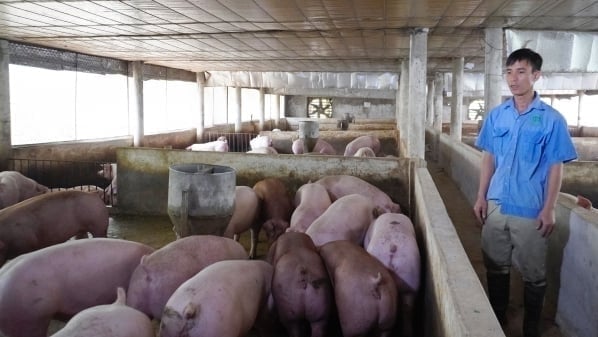
(VAN) Livestock farmers are still hesitant to use the new ASF vaccine products, mostly waiting for responses from large businesses before making a decision.
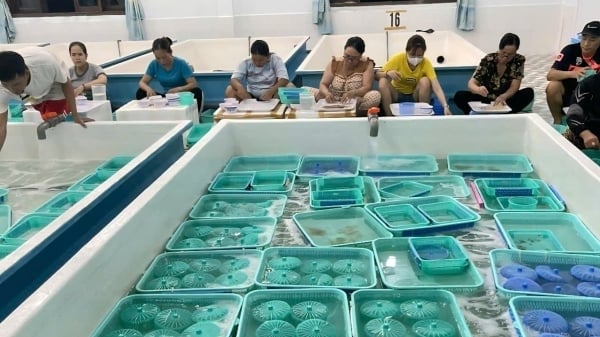
(VAN) Khanh Hoa and Phu Yen continue to strengthen inspection and control of lobster seed circulation in the area, and strictly handle violations.
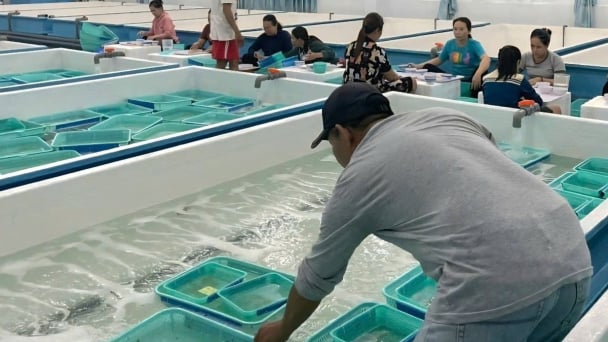
(VAN) Phu Yen and Khanh Hoa recently discovered many batches of lobster seeds of unknown origin. The authorities quickly moved and handled it as per regulations.

(VAN) Thanks to Ninh Thuans’s digitization of shrimp seed quarantine declarations, the procedures for payment and result reception are simpler and quicker.

(VAN) In Amsterdam, the Netherlands, the 18th Global Dairy Congress 2025 took place from June 18-19, where Vinamilk won many grand awards.